Women of Science

The Fathers of Science Fiction are Isaac Asimov, Robert Heinlein, and Arthur C. Clark, but who is the mother?
Women in Science Fiction
Our vote is Mary Shelley, Author of Frankenstein (The Modern Prometheus). At age 18, in the summer of 1816, she visited Lake Geneva with her husband Percy Shelley, their friend Lord Byron, and John Polidori. Often sitting around inside due to the weather, the company took to telling German ghost stories, thus prompting Lord Byron that they all write a story of their own. Mary Shelley wrote in her introduction to the 1831 edition of Frankenstein: “I busied myself to think of a story – a story to rival those which had excited me to this task. One which would speak to the mysterious fears of our nature, and awaken thrilling horror – one to make the reader dread to look around, to curdle the blood, and quicken the beating of the heart.” Mary was the only one to finish her story during the trip and come to publish it in 1818, paving the way for all sci...
The Hunt For Habitable Worlds
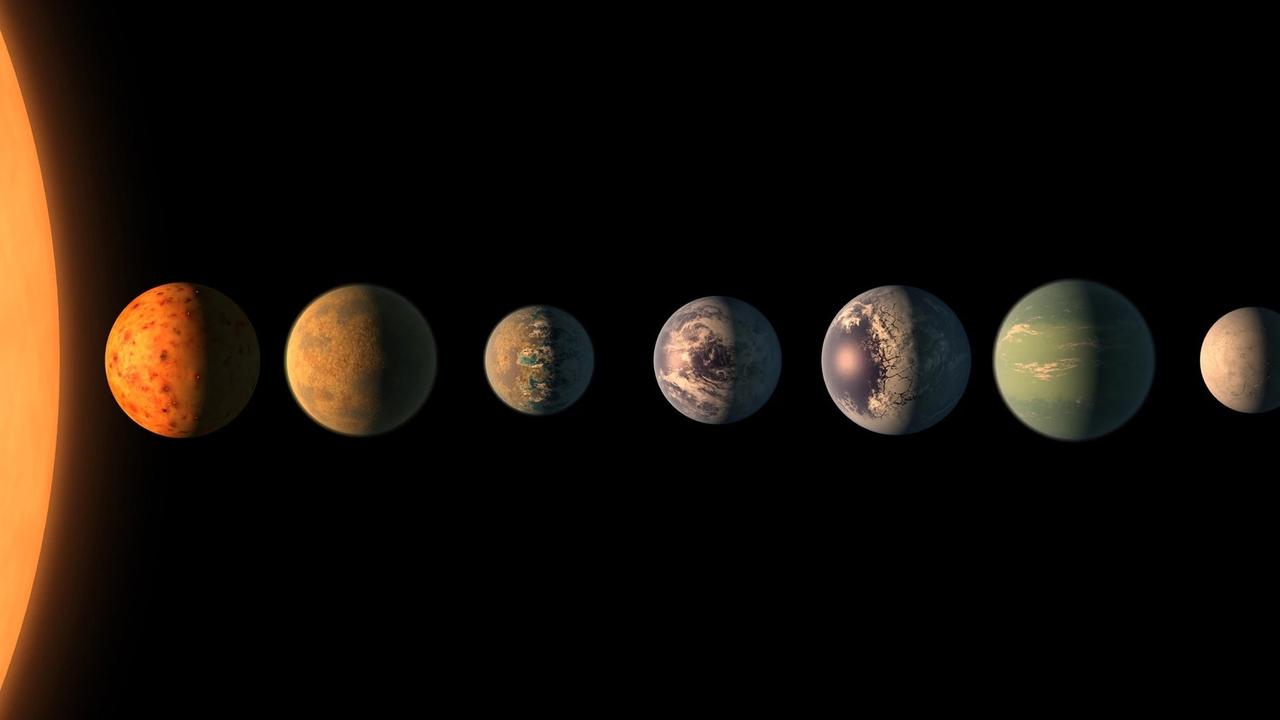
When we say a planet or environment is habitable, what do we mean? If we’re talking about planets, it usually means that water can exist on the planet’s surface. However, humans live in space and on the south pole and liquid water doesn’t exist there naturally. So, what does that mean for habitability? This means that the planets or moons that we are about to talk about may still be candidates, even though they sound absolutely dreadful.
Habitable Zone
- The star will survive long enough for its planets to develop life.
- NASA.gov >> “The habitable zone is the distance from a star where one can have liquid water on the surface of a planet. If a planet is too close to its parent star, it will be too hot and water would have evaporated. If a planet is too far from a star it is too cold and water is frozen. Stars come in a wide variety of sizes, masses and temperatures. Stars that are smaller, cooler and lower mass than the Sun have their habitable zone much closer to the star than...
Colossus and the Rocks of our Solar System
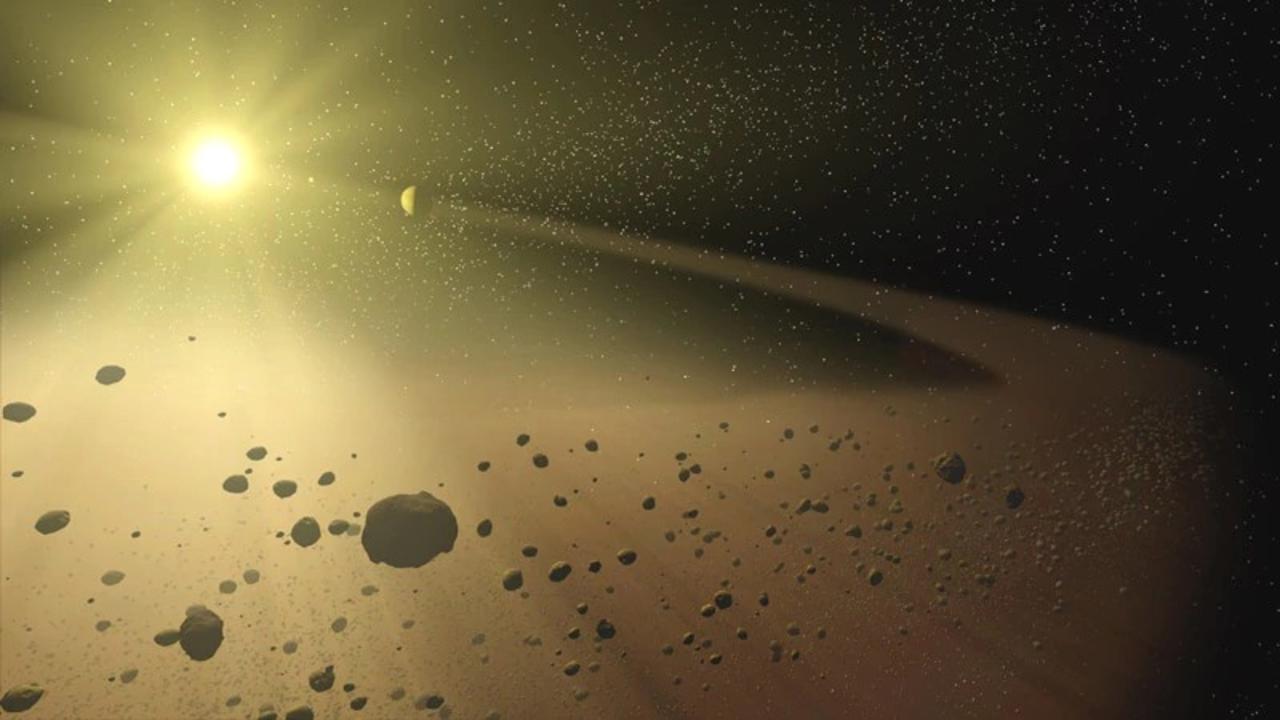
Is it only 8 planets, what else makes up our solar system?
What Are The Differences Between An Asteroid, Comet, Meteoroid, Meteor and Meteorite?
Asteroid: A relatively small, inactive, rocky body orbiting the Sun.
Comet: A relatively small, possibly active, object whose ice can vaporize in sunlight, comas [co-muh], or tails of gas and dust.
Meteoroid: A small bit of a comet or asteroid that orbits the Sun
Meteor: The light we see when a meteoroid enters the Earth's atmosphere and vaporizes. This is known as a shooting star or a meteor shower.
Meteorite: A meteoroid that makes it through Earth’s atmosphere and lands.
Meteoroid = Droid = Space
Meteorite = Right here = Earth
From Nasa.gov
- "Each day, Earth is nailed with more than 100 tons of dust and particles from space."
- "About once a year, an automobile-sized asteroid hits Earth's atmosphere, creates an impressive fireball, and burns up before reaching the surface."
- "Every 2,000 years or so, a meteoroid the ...
Nemesis and the Companion Star Theory

Imagine living in a world with 2 suns, maybe even 3! 80% of the single points of light in space is not just one star, but potentially multiple. Out of this 80%, most of these multiple star systems are binary stars systems, or solar systems containing 2 suns or stars. Initially, they are classified as double stars, Optical and Binary. Optical double stars appear close together, but are really far apart in terms of depth while Binary Stars are actually orbiting each other, or rather, their center of gravity. For instance, there are binary stars that make up the kink in the handle of the big dipper, Mizar and Alcor. These actually were used for eyesight tests in ancient times.
Binary types
Visual Binary
These can be seen as two separate stars using a telescope. These pairs are usually relatively close to us so that the individual stars can be pointed out (i.e. Alpha Centauri A & B)
Spectroscopic Binaries
These orbit so close, that we can’t view them as separate with our eyes. H...
Galileo and the Catholic Church

Why Galileo?
Last Episode we discussed NASA’s latest mission to Europa, the Europa Clipper, and we mentioned that Jupiter’s Moon Europa is one of the 4 Galilean moons. These moons have curious names though.
SIDE NOTE:
If you’ve ever wondered where these planets and moons got their names, we trace it all the way back to Roman Mythology. Jupiter, Mars, Saturn, Venus, and Mercury were named after Roman gods because these were the planets that early Romans could see without a telescope. Then, we continued the tradition, for example:
MERCURY: Roman Winged Messenger, winged god of travel because he moves so fast
VENUS: Roman Goddess of Love, no doubt because of Venus's dazzling appearance in the sky
MARS: Roman God of War
JUPITER: Chief Roman God (Jupiter is King of the Gods, an elected position)
SATURN: Former Roman God of Agriculture, retired. Replaced by his daughter, Ceres, which is the name of the Dwarf planet Ceres; the largest object in the asteroid belt between Mars and...
Europa Clipper and How YOU Can Be an Astronaut
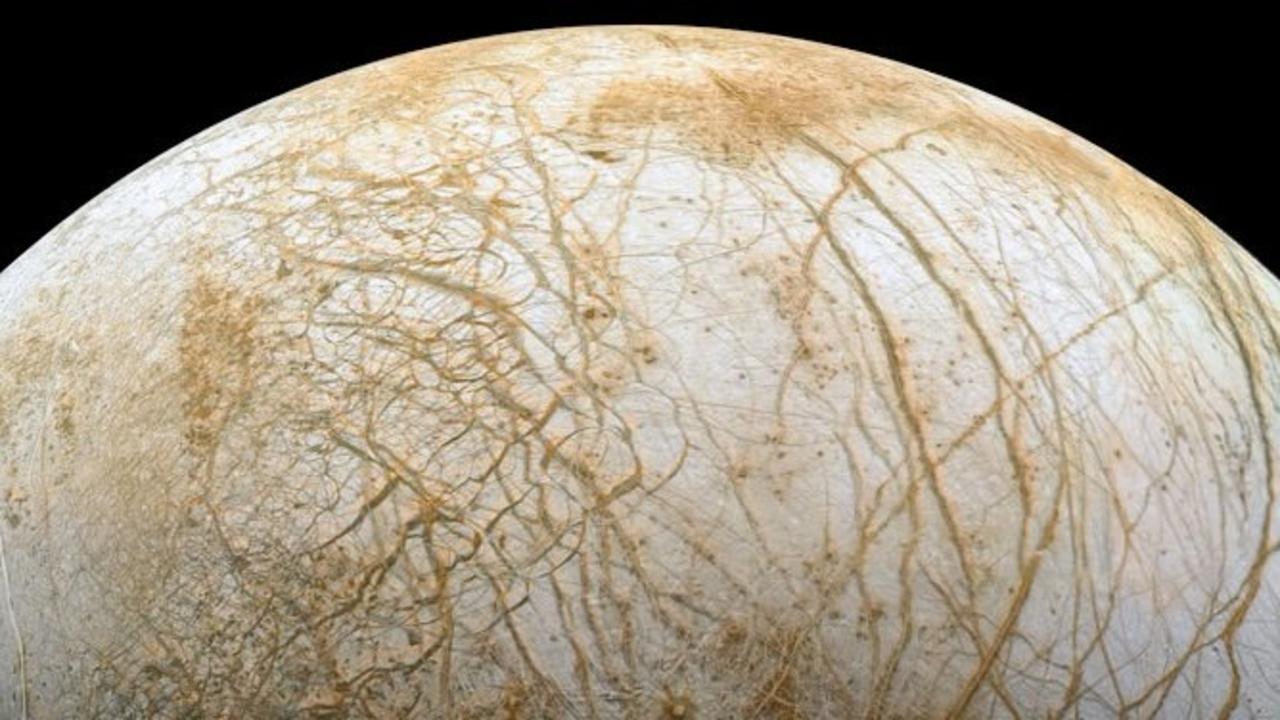
News:
Who wants to be an astronaut? Well, there’s an app for that!
Created by Finnish startup Space Nation, the Space Nation Navigator mobile app includes boot camp-style fitness workouts, exams, and even a story-based adventure element. “These are designed to test and train not just users’ physical abilities, but also their cognitive and social skills — such as problem-solving or managing a crisis.”
As an astronaut in training, you can collect points and reach increasingly difficult levels, with the potential of winning prizes at certain stages of the program. After three 12-week cycles, somewhere around 100 trainees from all over the world will be selected to participate in a real-life training camp. Of those selected, 12 will then be invited to participate in a more intensive 10-week astronaut training camp in Iceland, which will be filmed and broadcast. The winning contender will get a free trip to the cosmos!
Congratulations RocketLab and Welcome to the Space Race!
RocketL...
Our Interview with Bill Nye at Yuri's Night

News:
- Tiangong-1, or the “Heavenly Palace”, came down safely and splashed down in the ocean, killing no one most of it burning up in the atmosphere.
- We met Robert Picardo, the Doctor form Star Trek, AND HE TWEETED US
- We interviewed Bill Nye!
Yuri's Night L.A.
Welcome to the Elon Musk podcast! Just kidding, but remember when SpaceX launched the Tesla Roadster into space driven by Starman? Do you remember the extra cargo? Inside the Roadster, SpaceX launched those drives made of quartz-crystal which held Isaac Asimov’s Foundation Trilogy. We had the opportunity to meet the man responsible for sending these books into space, Nova Spivack, so we had the chance to ask him.. Why?

Much of his reasoning is very consistent with what we thought; Harry Seldon's plan in the Foundation trilogy was to spread humanity's knowledge to the ends of the galaxy for preservation. Alongside Elon Musk, he was able to do just this, or a scaled version anyway, sailing his Library to the astero...
Mars Pt.2 | Future of Humans on Mars
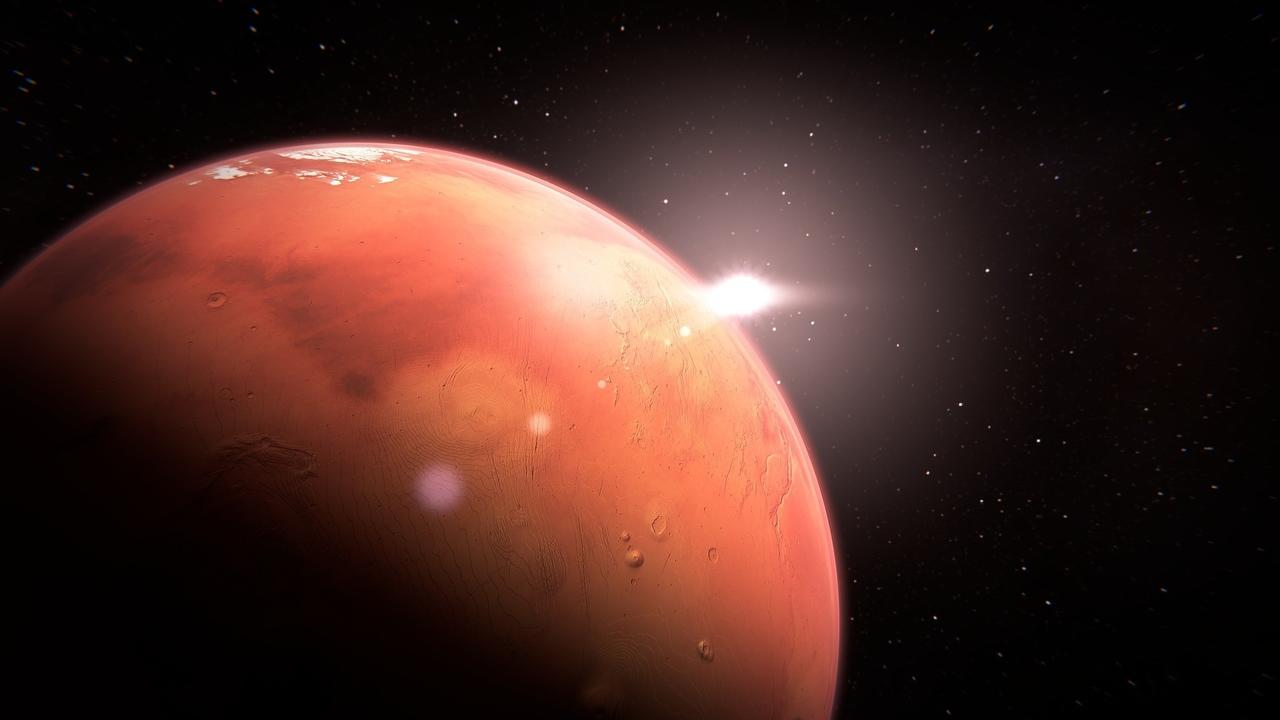
News:
Elon Musk is prepping for Mars
SpaceX announced that they are building the first interplanetary spaceship, and they think we'll be able to do short trips and flights by early 2019 NEXT YEAR! Their original plan was to send a cargo ship to Mars in 2022, thus making these present ones test flights. SpaceX's BFR rocket is expected to be able to travel through space to other planets, and be completely reusable, costing less than the initial Falcon 1 flights, which were estimated in the $5 to $6 million range. He hopes if BFR launches, others will believe that travel to Mars is possible, and follow suit. Musk noted that as soon as all of the necessities for life are installed on Mars "then really the explosion of entrepreneurial opportunity [will begin], because Mars will need everything from iron foundries to pizza joints.”
NASA is sending another lander to Mars!
NASA’s InSight, (Interior Exploration using Seismic Investigations, Geodesy and Heat Transport), is a Mars lander de...
Mars Pt.1 | Past and Present
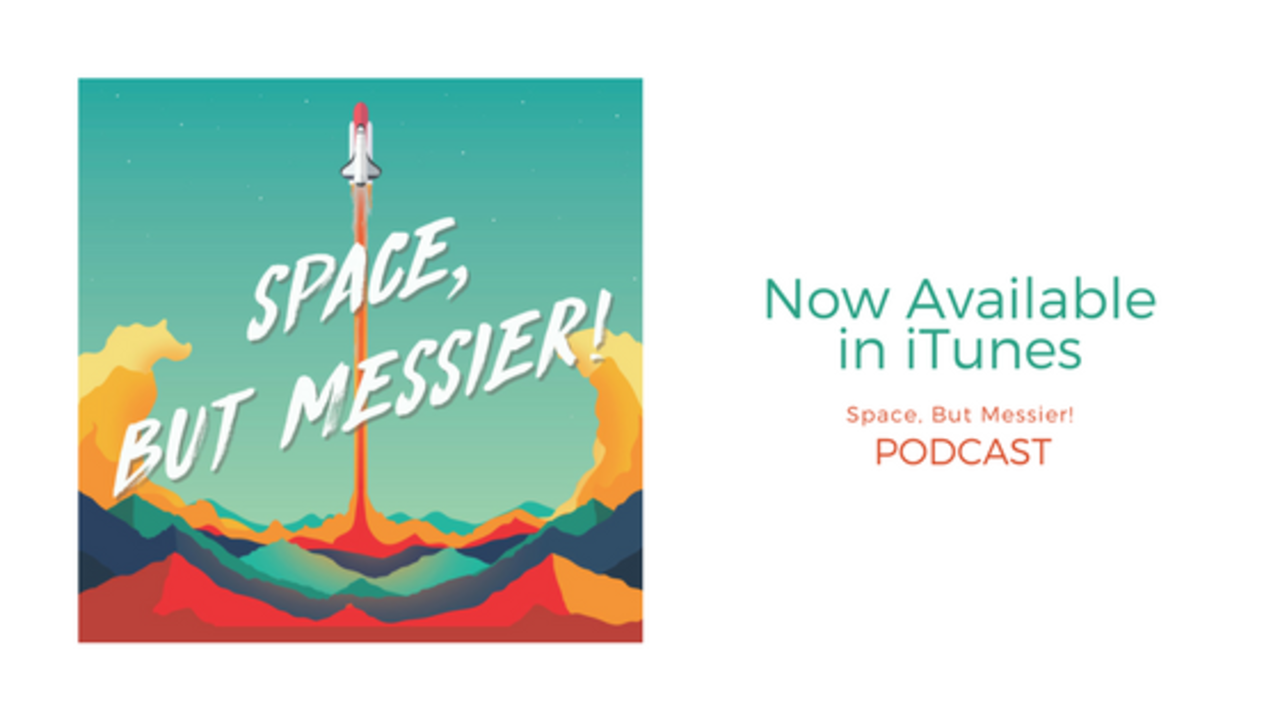
Why are we as a human race so fascinated with Mars? Where did this desire come from? What have we sent there already and what are we sending now? Find out in this episode of Space, But Messier!
News:
UPDATE:
Chinese Space Station Tiangong-1 still falling, but China has been monitoring Tiangong-1 and has determined that the space lab will burn up after entering the atmosphere and the remaining wreckage will fall into a designated area in the sea, without endangering the earth.
NASA is building a HAMMER
Not a hammer like one in your toolbox at home, instead, they’re building a Hypervelocity Asteroid Mitigation Mission for Emergency Response (HAMMER). The plan is to protect our planet from asteroids before they can reach Earth. This project is headed up by NASA, the US National Security Administration and a weapons lab from the US Energy Department.
There are two ways the system could prevent an asteroid from slamming into Earth. Firstly, it would hit an asteroid to knock it off ...
Spinoffs! How NASA Affects Our Daily Lives
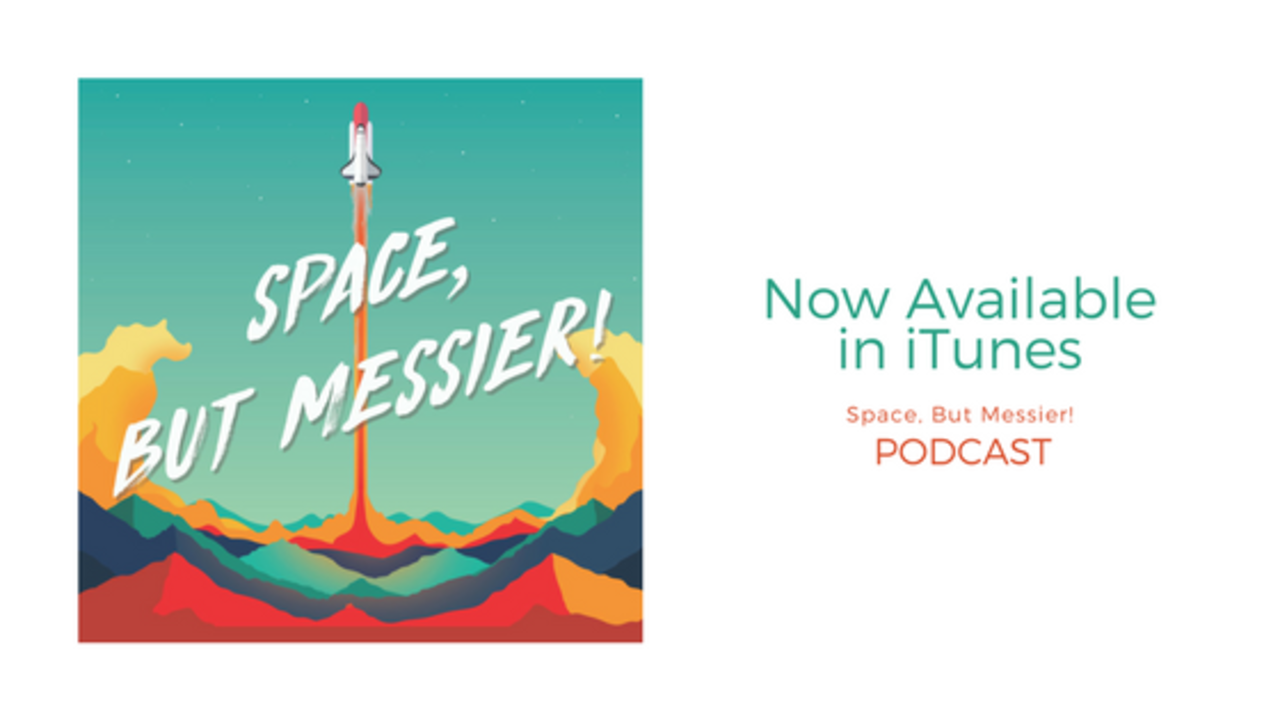
China's Space Station is hurdling towards Earth, Captain Kirk wants to send you to the Sun, and you use technology originally made by NASA far more often than you think!
FUN FACT OF THE DAY:
THERE MAY BE A PLANET MADE OUT OF DIAMONDS. As space facts go, this is pretty impressive. Research by Yale University scientists suggests that a rocky planet called 55 Cancri e — which has a radius twice Earth’s, and a mass eight times greater – may have a surface made up of graphite and diamond. It’s 40 light years away but visible to the naked eye in the constellation of Cancer.
Contest Reminder
Shout out to Gwydion
16 year old from North Whales hoping to study Astrophysics at University and go on to cool Space Stuff after that
News:
NASA will fly you to the sun — or at least your name.
Now until April 27, NASA is accepting online submissions to be sent on the Parker Solar Probe all the way to the sun.
Learn more and add your name to the mission here: http://go.nasa.gov/HotTicket
China’s Sp...